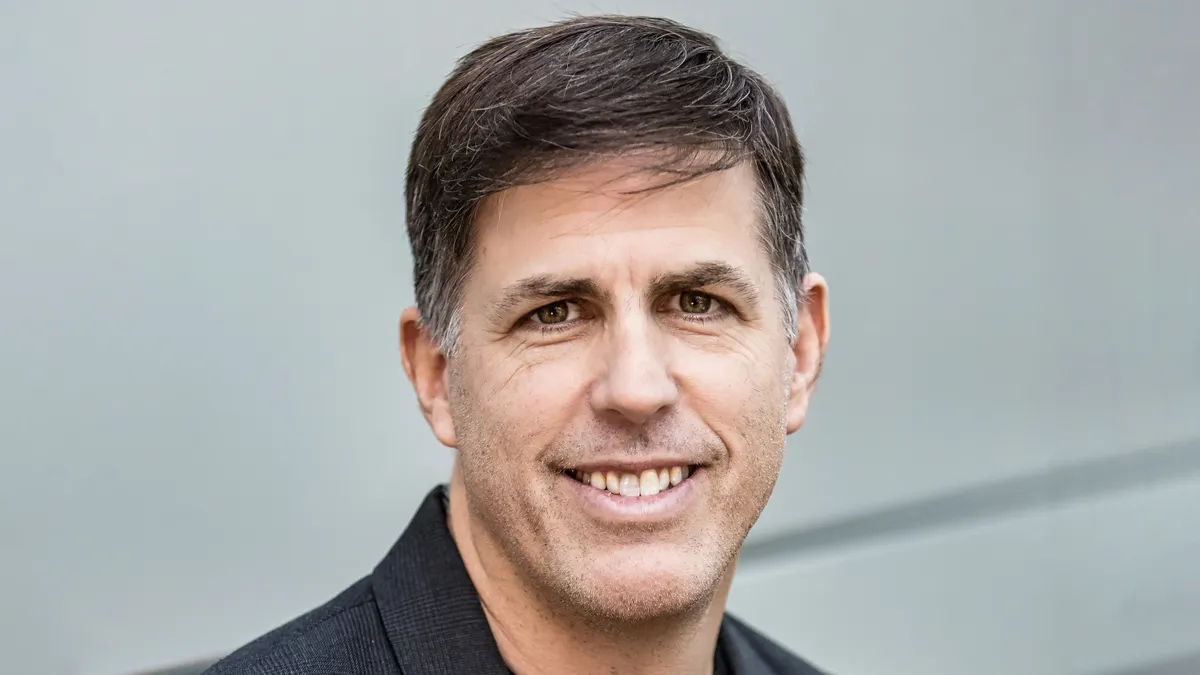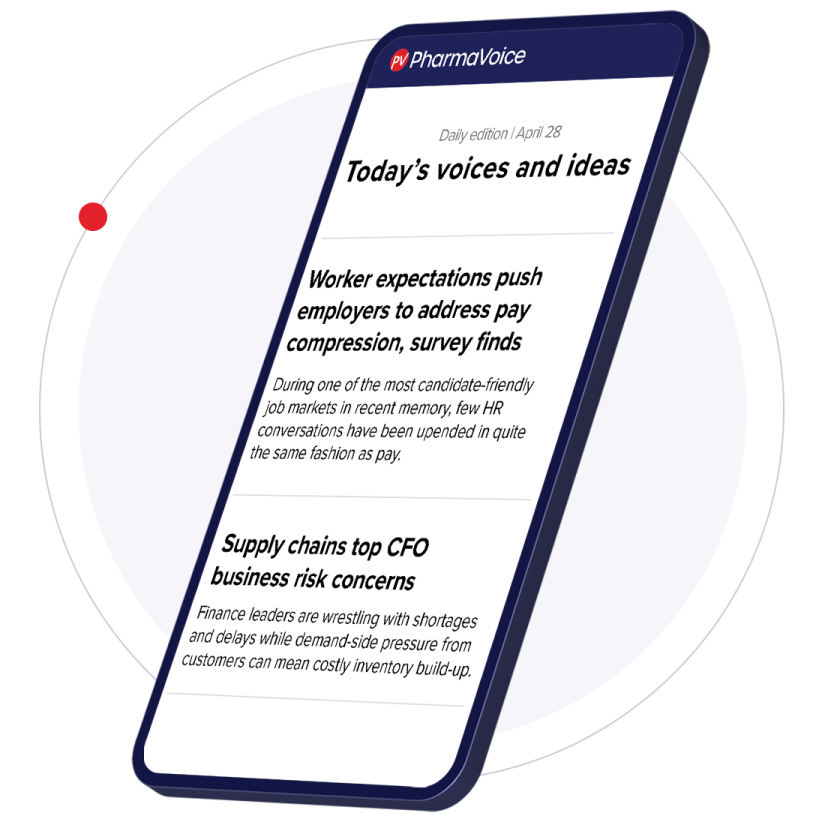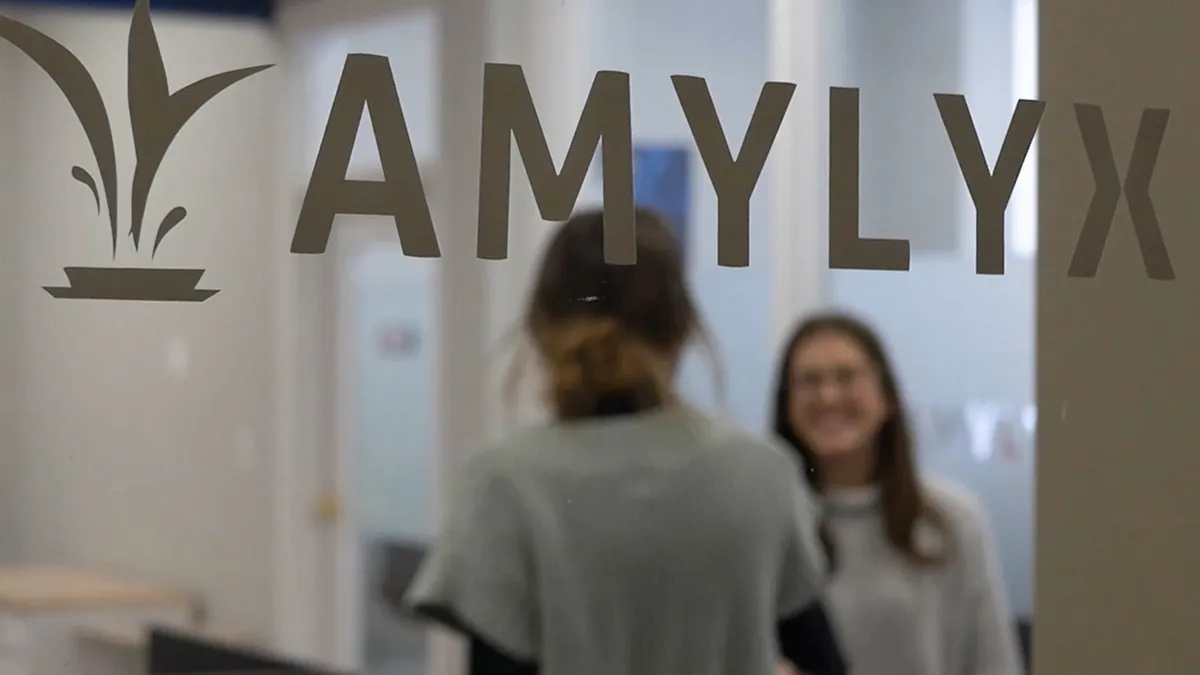Welcome to the inaugural installment of “Trailblazers,” a series featuring pharma leaders who’ve carved new scientific and business paths for the industry. Today, we’re featuring Alnylam Pharmaceuticals’ CSO, Kevin Fitzgerald, who explains how he overcame engineering hurdles to turn Nobel Prize-winning RNAi technology into medicines.
In the early days of RNAi drug research, Kevin Fitzgerald faced plenty of doubters. The odds were stacked against the newly blooming technology, and one colleague called the effort “career suicide.”
But Fitzgerald — who at the time was a group leader in genomics at Bristol Myers Squibb and is now chief scientific officer at Alnylam Pharmaceuticals — jumped at a chance to see what RNA interference could do.
The move paid off. Today, Alnylam has four drugs on the market using the RNAi technology that began as a glimmer in the eyes of scientists like Fitzgerald. And with a massive pipeline that spans a wide breadth of human disease, the company has embarked on an ambitious goal to “unlock every major tissue for RNAi therapeutics by 2030,” according to the company.
Before RNA more generally had become a mainstream biotech success story and a turning point in a worldwide health crisis through mRNA vaccines, the doubters had a point: Genetic material is large, fragile and unpredictable, and delivering it to patients as a drug was an endeavor that appeared doomed to fail.
“What we’re doing is taking advantage of a natural system to make drugs, but it was an engineering challenge every step of the way,” Fitzgerald said. “It took a lot of engineering and a lot of nos before we got to a yes.”
Now, under Fitzgerald’s R&D leadership, the company is paving the way for more genetic treatments that are changing how the industry — and the world — sees their almost unlimited potential.
A slow start
Even as Alnylam gained steam after its founding in 2002, the technology still wasn’t a sure bet, and the company was on shaky ground despite its leaders’ internal conviction.
Fitzgerald, who joined Alnylam as associate director of research in 2005, wanted to be a project leader and started working with a lipid nanoparticle that could contain a PCSK9 cholesterol-lowering drug. But it wasn’t a winning combination, and a study he was running “blew up,” making it clear that the nanoparticle wasn’t the right path forward, he said.
“Sometimes you love the science, but the science doesn’t love you back.”

Kevin Fitzgerald
CSO, Alnylam Pharmaceuticals
So Fitzgerald went back to his roots as a researcher to solve the problem.
“While I didn’t want to go back in and do technology, I’d probably never get to run a program like I wanted to unless I did,” Fitzgerald said. “So I put that hat back on and was our head of delivery technologies for a number of years there while we were sorting it out.”
To make matters more complicated, Alnylam was contending with a fading R&D runway and no marketed products. The company had to conduct its first major restructuring in 2012, cutting 33% of its workforce, which was “really personal and unpleasant” for Fitzgerald. Those were dark times for the company, he said.
“When Alnylam published earlier data with molecules that were actually working, there was a lot of hype in the way that new technologies often have, but then it slowed down,” Fitzgerald said. “It was slow to mature into something that could be a therapy, and a lot of people gave up, including four or five big partners who walked out the door.”
Along the way, the company kept its nose to the grindstone “not in leaps and bounds, but with incremental progress, slow and steady,” Fitzgerald said. This was when he and his team were working with new lipid nanoparticles and a conjugate technology that would “hide” the small interfering RNA particles targeting the liver.
Soon, Fitzgerald and his team started seeing the work go in the right direction. In a PCSK9 trial of the RNAi drug candidate inclisiran, now with a second-generation nanoparticle delivery, Fitzgerald overcame an initial speed bump in the results due to a conflicting steroid pre-medication, and the numbers began to support his hypothesis.
“Watching that data come in day after day was exciting — it wasn’t a matter of if, but a matter of when RNAi as a mechanism would work in human beings,” he said. “If you solve the delivery problem, it’s going to work over and over again.”
Alnylam’s first approval came in 2018 for the RNAi drug Onpattro to treat polyneuropathy associated with the rare genetic disease hATTR amyloidosis, making good on the promise of a technology that had won the 2006 Nobel Prize.
With three more approvals under its belt, including Amvuttra, also for hATTR amyloidosis; Givlaari for the rare liver disease acute hepatic porphyria; and Oxlumo for the toxic buildup of a liver-produced enzyme, Alnylam has inched its way into the pharma big leagues despite facing existential challenges.
And that PCSK9 drug Fitzgerald helped get off the ground? Pharma giant Novartis bought the rights to it in 2020 and now sells the fully approved cholesterol-lowering treatment Leqvio, further solidifying the reach of Alnylam’s RNAi prowess.
“Buckle up if you want to do something that’s worthwhile and new.”

Kevin Fitzgerald
CSO, Alnylam Pharmaceuticals
How to blaze a trail
The hurdles, both technological and financial, were how Fitzgerald learned what it meant to chart new paths in biotech — a quest that doesn’t always end in success.
“If you’re blazing a trail, it means there’s no trail yet — you’ve got to set out with your tools and get through a jungle without knowing what’s on the other side,” Fitzgerald said. “Sometimes you love the science, but the science doesn’t love you back.”
To get to that point takes perseverance, patience and intelligence, but it also takes an ability to sell your vision, Fitzgerald said.
“You can have the most brilliant vision in the world and think you’re a leader, but if you look behind you and nobody’s following, you’re not much of a leader after all,” he said. “If you’re blazing a trail over a cliff, you want to be able to say, maybe we shouldn’t go that way. I’ve had a bunch of mentors over the years who have helped me think about that because, as a scientist, I tend to over-analyze.”
Fitzgerald looks up to Alnylam’s early leaders for setting the company off in the right direction with “unbridled optimism.”
And as he hopes to inspire new leaders to forge their own paths, Fitzgerald feels as if he’s in the position to let them know it’s not always going to be “rainbows and ponies.”
“Buckle up if you want to do something that’s worthwhile and new,” he said. “It isn’t going to be easy, and there is going to be a cost.”
Despite those costs, Fitzgerald sees the industry’s current era as “the golden age of biology and biotech.”
“It’s been tough economically, but the science has never been better, and neither has our understanding of how things work,” Fitzgerald said. “So if the science is working and you believe in it, find a way to keep hunting. Find a way.”

















